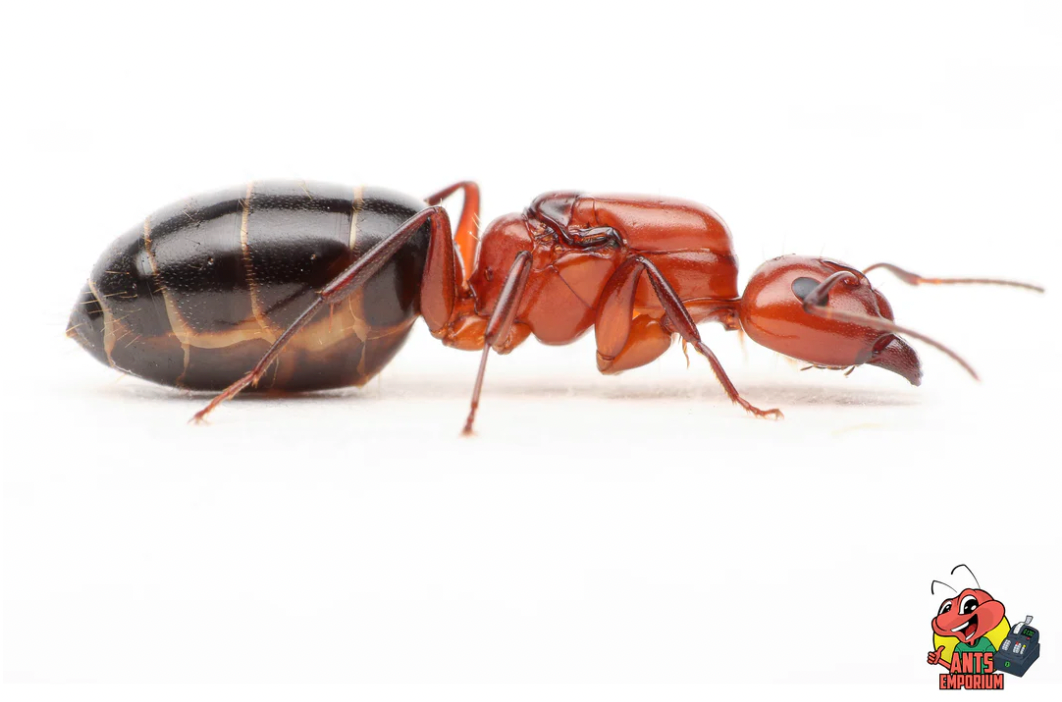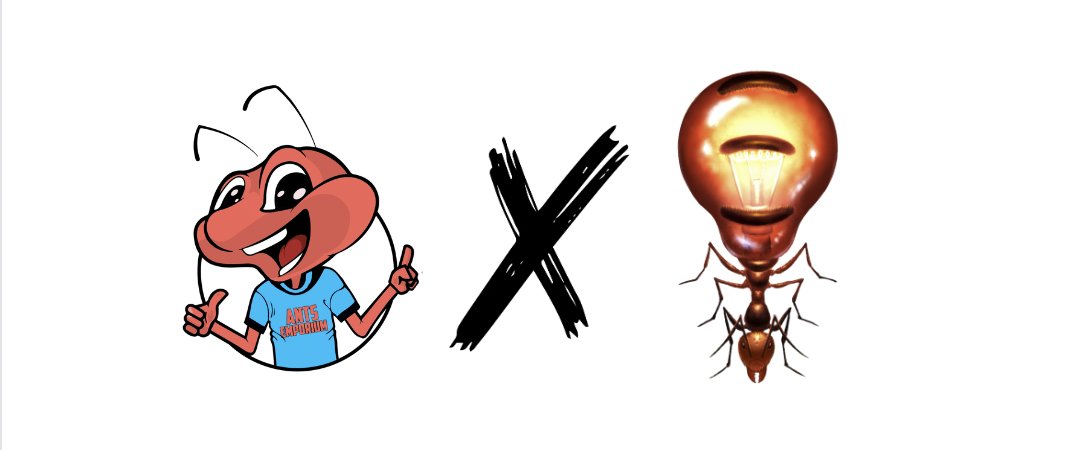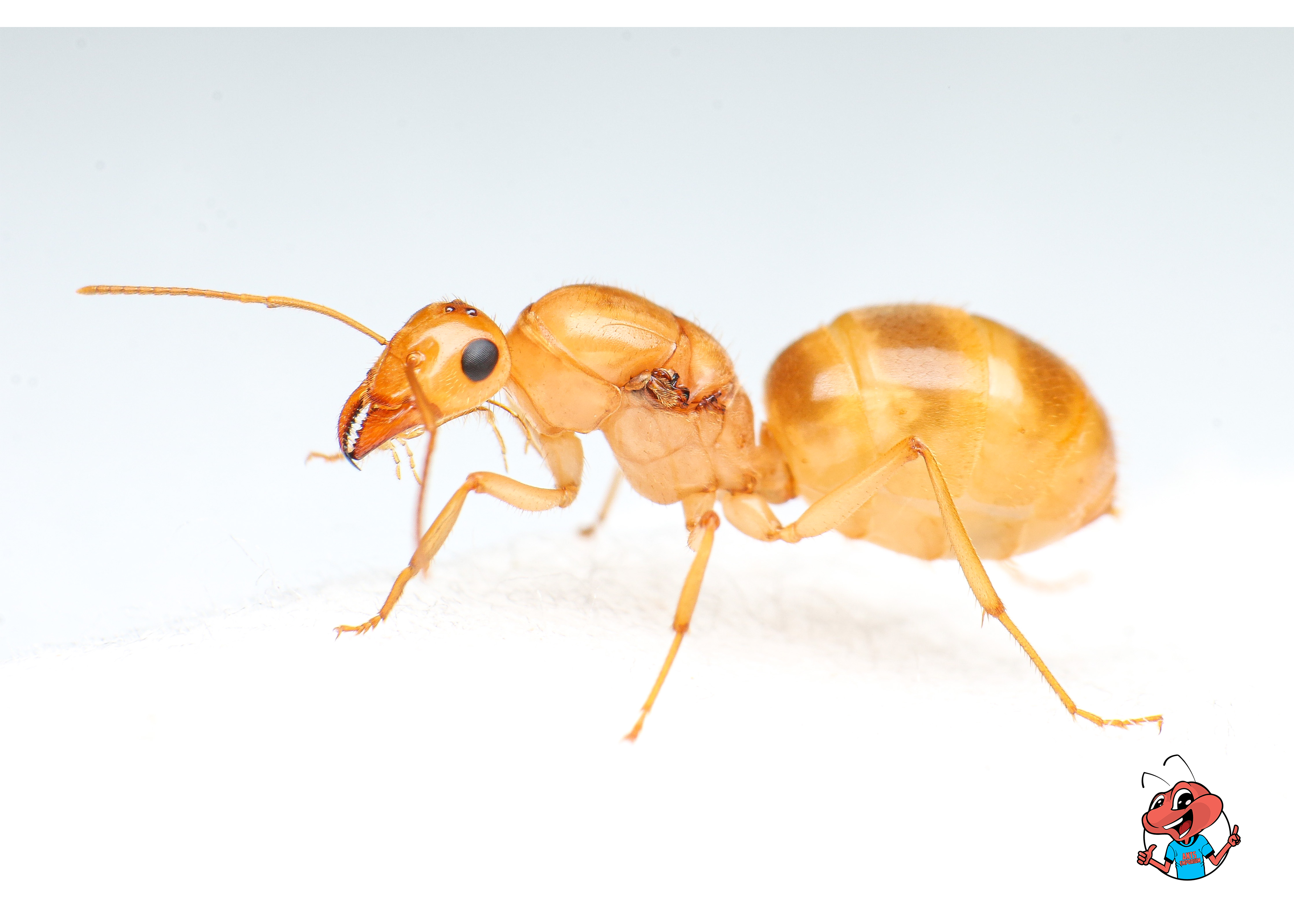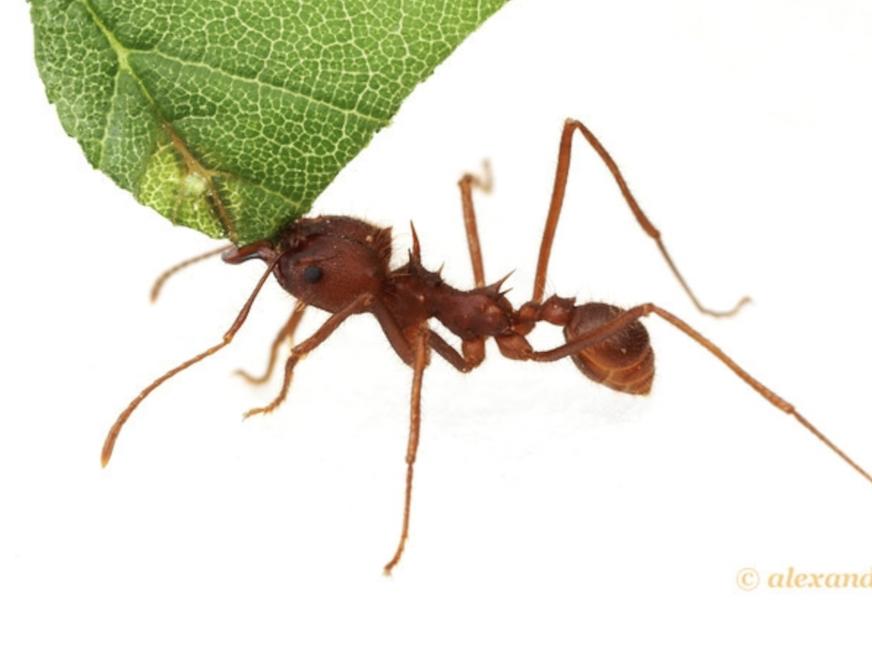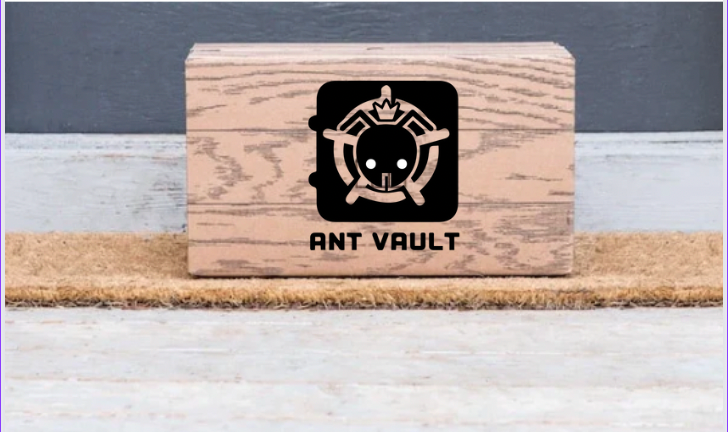Camponotus sansabeanus
Camponotus sansabeanus
-
Habitat: Camponotus sansabeanus require a suitable habitat that includes a nesting site, food source, and water source. In the wild, they typically nest in trees, stumps, and logs, but they can also establish nests in buildings and homes. In captivity, Camponotus sansabeanus can be kept in a formicarium, which is a container designed specifically for ants.
-
Temperature: Camponotus sansabeanus prefer temperatures between 22°C to 30°C (72°F to 86°F). It's important to avoid exposing them to extreme temperatures.
-
Humidity: Camponotus sansabeanus require a moderate level of humidity, which can be maintained by providing a water source such as a water tube or a sponge soaked in water.
-
Feeding: Camponotus sansabeanus are omnivores and feed on a variety of foods, including insects, fruits, and sugar water. Insects can be fed live or pre-killed, but it's important to avoid feeding them insects that have been exposed to pesticides.
-
Cleaning: Camponotus sansabeanus produce waste and debris, so it's important to regularly clean their formicarium to maintain a clean and healthy environment. This can be done by removing any waste and debris and replacing the bedding material.
-
Observation: Regular observation of your Camponotus sansabeanus is important to ensure their health and wellbeing. You should look out for signs of stress or illness, such as lethargy or abnormal behavior. Also, you should observe their growth patterns, reproductive activity, and social behaviors
Remember that Camponotus sansabeanus are social creatures and thrive in colonies. Providing them with a suitable environment and regular care will ensure their health and wellbeing, and allow you to enjoy these fascinating insects.
Latin name: Camponotus sansabeanus
Taxonomy: Subfamily: Formicinae, Tribe: Camponotini
Care level: Beginner
Geographic distribution: South Western United States region
Habitat: semi-desert, forest edge
Colony form: Monogyne (rare polygyne cases have been seen in the wild)
Queen: Size: 17 - 18mm Color: Head and thorax black and orange-brown gaster
Workers: Size: 7 - 12mm Color: Head and thorax black and orange-brown gaster
Major: Size 15 - 17mm Color: Head and thorax black and orange-brown gaster
Male: Size: 13mm Color: Black
Food: Nectar (biformica nectar) Honey and insects: fruit flies, dubia roaches, crickets, mealworms, mosquitoes(in the wild) ; also fruits.
Humidity: Hunting area: 30 - 50% Nest: 40 - 60%
Temperature: Hunting area: 20 - 32 ° C Nest: 24-28 ° C
Hibernation: Yes compulsory from November to March between 12 and 15 degrees. In captivity simply removing heat for a month or two for hibernation is typically enough.
Nest type: All types of nests will suit them such as plaster/gypsum, tubs and tubes setups plexiglass/acrylic, naturalistic setups and reconstituted stone.
Description: Camponotus sansabeanus is one of the largest Camponotus in the United States with a unique color in the genus, slow evolution in the first year followed by rapid colony growth. They are very sought after for their beautiful colors, impressive majors and easy level of care.
Development: Swarming from April to July
Foundation: Fully Claustral (without food) Development: 45 days from egg to worker (depending on temperature)
Size of the colony: A few hundred individuals to a couple thousand, the queen can reach the age of 20 years or more in some cases.
Care Tips: Provide a warm spot within the nest for the colony to choose the best temperature to speed up their brood’s growth. Always provide humidity in one of area of the nest and a dry area nearest to the heated area to establish a gradient for your ants to choose what’s best for them. Dubia roaches seem to be this species preferred source of protein followed by fruit flies. A bottle of TheAntVault nectar is also recommended to provide a steady source of carbohydrates to your ants without having to disturb your colony on a regular basis. A true hibernation for this species is typically not required and simply removing their heat source for a couple months is usually enough. If your colony’s brood production slows down in the winter and the workers have begun fattening up, remove their heat source for 10-12 weeks so the nest is at a cooler room temp and continue caring for them as you normally would, however, protein will usually be ignored during this time. This short break in heat will kick start their brood production once it is offered back to them. These hibernation instructions have been developed for the Texas population of Camponotus sansabeanus which don’t require nearly as long of a diapause/hibernation as other Northern populations. Always use a slippery barrier such as fluon to help contain this species.
